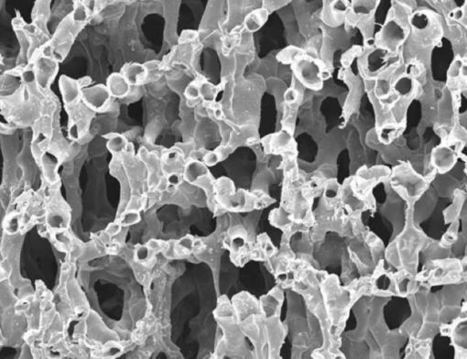The mantis shrimp is a small, multi-coloured marine crustacean, with a number sporting fist-like appendage called a dactyl club. This particular variety of mantis shrimp is known as a smasher, as it crushes its prey with its club. Through the study of these creatures, researchers at University of California Riverside and Purdue University, USA, have taken steps toward developing ultra strong composite materials based on the unique herringbone structure within the dactyl club’s outer layer.
Research and publish the best content.
Get Started for FREE
Sign up with Facebook Sign up with X
I don't have a Facebook or a X account
Already have an account: Login
 Your new post is loading... Your new post is loading...
 Your new post is loading... Your new post is loading...
|
|

















